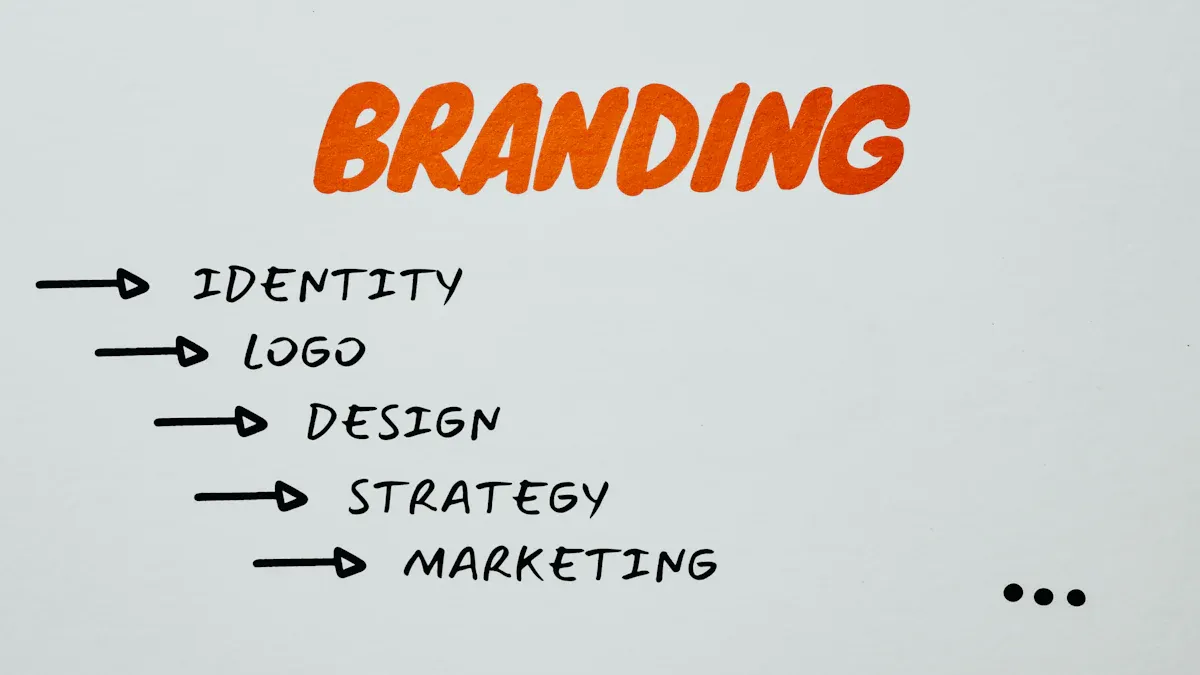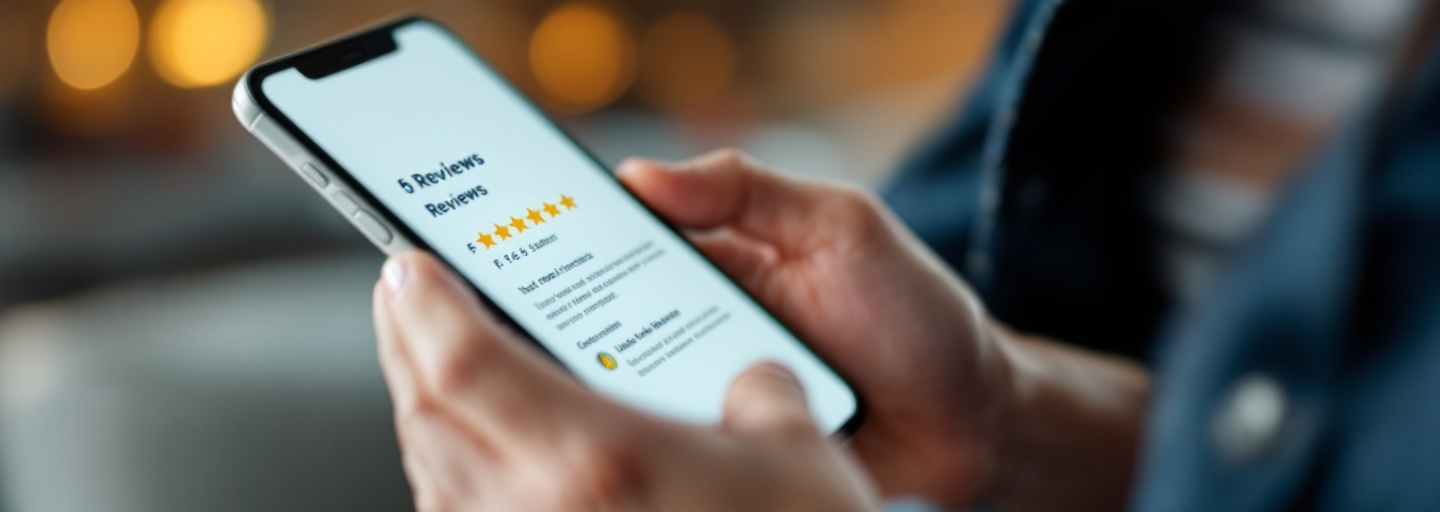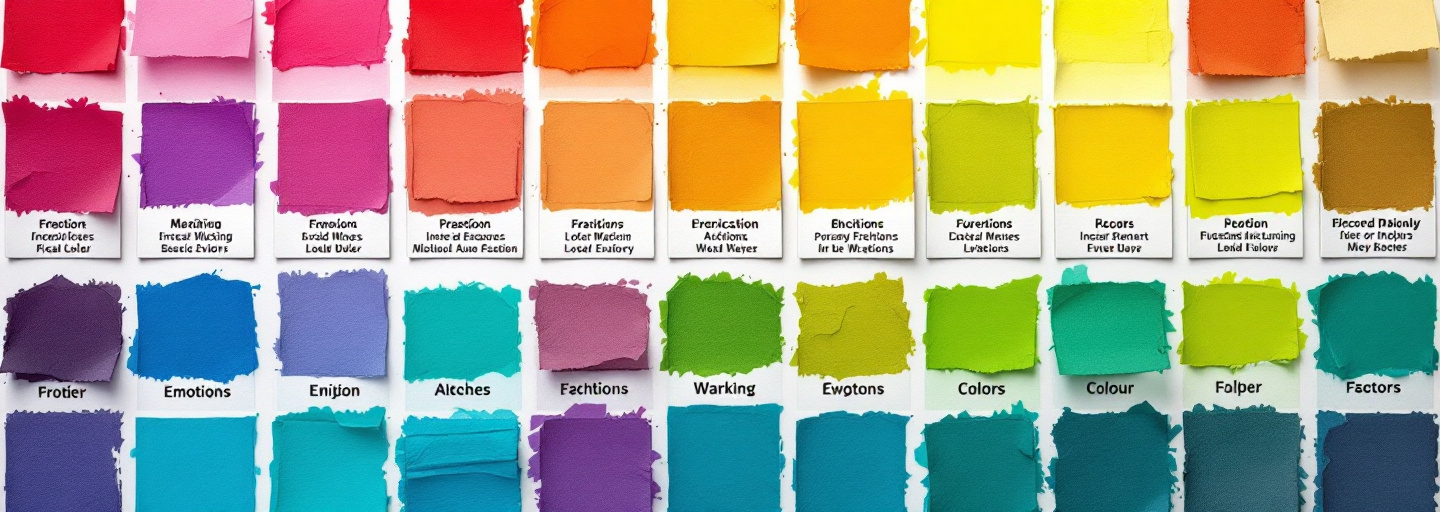
5 Psychological Triggers to Elevate Your Advertising Campaigns
Table Of Contents

The human brain processes over 10,000 advertisements daily, yet we only consciously register about 100 of them. What separates the memorable from the forgotten? The answer lies in understanding the psychological mechanisms that drive consumer behavior. When strategically applied, these psychological triggers can transform ordinary campaigns into powerful persuasion tools that capture attention and drive action.
The Power of Scarcity and Urgency
Research from the Journal of Consumer Research shows that products perceived as scarce are valued up to 26% higher than identical, readily available alternatives. This fundamental principle of human psychology explains why limited-time offers consistently outperform standard promotions. Our brains are wired to place higher value on things that might soon become unavailable.
Creating Authentic Scarcity
Modern consumers have developed sophisticated filters for detecting manufactured scarcity. The key difference between effective psychology in advertising and manipulative tactics lies in authenticity. Genuine scarcity emerges naturally from business realities: limited production capacity, seasonal ingredients, or specialized craftsmanship.
Consider how Nintendo consistently underproduces new console releases, creating genuine demand that outpaces supply. Or how craft breweries release seasonal batches that physically cannot be reproduced year-round. These examples demonstrate authentic limitations that consumers recognize and respect, rather than artificial constraints designed purely to drive sales.
Loss Aversion Psychology
Nobel Prize-winning research by Kahneman and Tversky revealed that humans feel the pain of loss approximately twice as intensely as the pleasure of equivalent gains. This asymmetry explains why “Don’t miss out” messaging often outperforms “Gain this benefit” framing in advertising psychology tips .
When consumers perceive they might lose access to an opportunity, product, or special pricing, their motivation to act increases significantly. This isn’t merely about creating pressure; it’s about highlighting genuine value that might become unavailable, tapping into our natural desire to avoid regret.
Implementation Strategies
Implementing scarcity ethically requires transparency and honesty. Here are proven approaches that maintain consumer trust while leveraging this powerful psychological trigger:
- Time-bound offers with specific deadlines (e.g., “Sale ends Sunday at midnight” rather than vague “Limited time only”)
- Real-time inventory updates showing actual remaining stock
- Early access windows for loyal customers before wider release
- Seasonal or limited edition products with clear production constraints
The language you choose matters significantly. Compare “Only 5 spots remaining in our workshop” (specific, verifiable) versus “Spots are filling fast!” (vague, potentially misleading). The former builds trust while still leveraging scarcity psychology.
Leveraging Social Proof and Authority

Humans are inherently social creatures who look to others when making decisions. Studies show that 92% of consumers read online reviews before making purchases, and 88% trust these reviews as much as personal recommendations. This reliance on collective wisdom forms the foundation of social proof as an emotional trigger in ads .
Types of Social Proof in Advertising
Different forms of social validation work better for specific objectives and audiences. Understanding these nuances allows marketers to select the most effective approach:
User testimonials work by creating relatable scenarios. When potential customers see someone similar to themselves benefiting from a product, they can more easily imagine themselves having the same positive experience. Video testimonials are particularly effective, increasing conversion rates by up to 86% on landing pages.
Statistical social proof leverages the power of numbers. Statements like “Joined by over 50,000 professionals” or “97% customer satisfaction rate” provide objective validation that appeals particularly to analytical decision-makers.
Expert endorsements tap into authority bias, where we attribute greater accuracy to the opinions of experts. This explains why dentist recommendations in toothpaste commercials significantly influence consumer choices, even when viewers have no personal connection to that specific dentist.
Authority Principles That Drive Conversions
Robert Cialdini’s research on influence identified authority as one of the six fundamental principles of persuasion. In effective ad strategies , authority can be established through:
Credentials and certifications that demonstrate specialized knowledge. For technical or health-related products, highlighting relevant qualifications creates immediate credibility.
Thought leadership content that positions your brand as a knowledge source. Educational content that solves problems builds authority organically over time.
Media features and third-party validation that provide external verification of your expertise or product quality. “As featured in” sections leverage the authority of recognized publications.
| Social Proof Type | Trust Building | Immediate Sales | Brand Building | Most Responsive Audience |
|---|---|---|---|---|
| Customer Reviews | High | Medium | Medium | Cautious buyers |
| User-Generated Content | Very High | Medium | High | Millennials & Gen Z |
| Influencer Endorsements | Medium | High | Medium | Trend-conscious consumers |
| Expert Opinions | High | Medium | Very High | Professional/educated segments |
The Emotional Impact of Storytelling
Neuroscience research using fMRI scans reveals that stories activate multiple brain regions simultaneously, including areas responsible for sensory processing, emotion, and personal experience. This neural synchronization explains why stories are remembered up to 22 times more effectively than facts alone, making storytelling one of the most powerful ad campaign psychology techniques available.
Narrative Transportation Theory
When consumers become immersed in a compelling narrative, they enter a psychological state called “narrative transportation.” In this state, critical thinking and counterarguments diminish as emotional engagement increases. A 2018 study found that transported audiences showed 44% less resistance to persuasive messages embedded within stories.
This explains why Apple’s “1984” Super Bowl commercial remains iconic decades later. The dystopian narrative transported viewers into an emotional experience that bypassed rational objections about computer specifications, instead positioning Apple as a revolutionary force against conformity.
Story Structures That Resonate
Certain narrative frameworks consistently trigger stronger emotional responses in advertising contexts:
The hero’s journey , adapted for advertising, positions the customer as the protagonist facing a challenge, with your product as the guide or tool that helps them succeed. This structure works because it mirrors how we naturally process our own life experiences.
Problem-solution narratives create tension before offering relief. The psychological power comes from establishing an emotional connection to the problem before introducing your solution, making the resolution more satisfying.
Origin stories humanize brands by revealing authentic struggles and purpose. Consumers increasingly seek meaning beyond transactions, and founding stories create emotional connection points that transcend product features.
Emotional Targeting Through Stories
Different emotions drive different consumer behaviors. Understanding these connections allows for strategic emotional triggers in ads :
Joy and amusement increase sharing and brand affinity, making them ideal for awareness campaigns and social content.
Inspiration and awe create lasting impressions and association with positive values, supporting brand-building objectives.
Mild sadness followed by resolution can drive immediate action, as the emotional contrast creates urgency to resolve the tension.
- Identify core emotional values aligned with your brand identity
- Find authentic conflict points that resonate with your audience’s experiences
- Develop relatable characters that embody your customer’s journey
- Create sensory-rich descriptions that immerse the audience completely
- Ensure the emotional payoff aligns with your specific call to action
How Color Psychology Influences Ad Performance

Color information accounts for 80% of what our visual system processes, and these visual signals trigger emotional responses in as little as 13 milliseconds. This rapid processing happens before conscious thought, making color one of the most immediate psychological triggers in advertising .
Color Associations and Cultural Considerations
While some color responses appear nearly universal (blue creating feelings of trust across cultures), others vary significantly by cultural context. Understanding both universal patterns and cultural variations is essential for effective color strategy:
Blue consistently evokes feelings of trust, security, and reliability across most cultures, explaining its prevalence in banking, healthcare, and technology branding. However, in some Middle Eastern cultures, blue carries protective spiritual properties that add additional positive associations.
Red universally signals energy, passion, and urgency, making it effective for clearance sales and call-to-action buttons. Yet in China, red represents good fortune and prosperity, making it appropriate for premium products in ways that might seem counterintuitive in Western markets.
Yellow generally conveys optimism and clarity but shows significant gender response differences. Research indicates women perceive yellow as more cheerful, while men often report it as more childish or unsophisticated.
Strategic Color Application in Campaigns
Effective advertising psychology tips for color application include:
Objective alignment : Awareness campaigns benefit from high-contrast, attention-grabbing color schemes, while conversion-focused materials often perform better with limited, strategic color use that directs attention to action points.
Contrast principles : The isolation effect (Von Restorff effect) shows that items that stand out from their surroundings receive disproportionate attention. This explains why call-to-action buttons in contrasting colors consistently outperform monochromatic designs.
Color harmony : Complementary colors (opposite on the color wheel) create visual tension that captures attention, while analogous colors (adjacent on the wheel) create harmony that extends viewing time. Each approach serves different advertising objectives.
| Color | Emotional Associations | Marketing Applications | Industry Examples | Considerations |
|---|---|---|---|---|
| Blue | Trust, security, calm | Building credibility, reducing anxiety | Financial, healthcare, tech | Can appear cold without warmer accents |
| Red | Urgency, passion, energy | Sales, clearance, calls to action | Food, retail, emergency services | Creates tension; use sparingly |
| Green | Growth, health, permission | Wellness products, environmental brands | Organic food, finance, wellness | Shade variations significantly alter perception |
| Purple | Luxury, creativity, wisdom | Premium positioning, innovation | Beauty, luxury goods, creativity tools | Less effective for value-oriented messaging |
Practical Applications of Psychological Triggers in Advertising
The most powerful effective ad strategies don’t rely on isolated psychological principles but instead combine multiple triggers in strategic sequence. Understanding how these elements interact allows marketers to create campaigns with compound psychological impact.
Combining Multiple Triggers Effectively
Certain psychological trigger combinations create synergistic effects that exceed their individual impact:
Scarcity + Social Proof : When limited availability is combined with high demand indicators (“Only 3 rooms left at this price” + “15 people viewing this right now”), the urgency effect intensifies as consumers fear missing out on something others clearly value.
Storytelling + Authority : Narratives delivered by credible experts gain both emotional resonance and intellectual credibility. This explains why patient testimonials paired with physician endorsements consistently outperform either element alone in healthcare marketing.
Color Psychology + Emotional Triggers : Strategic color use can amplify specific emotional responses triggered by your messaging. For example, blue backgrounds increase perceived trustworthiness of testimonials, while red accents enhance the urgency of limited-time offers.
Testing and Optimization Strategies
Psychological triggers require systematic testing to maximize effectiveness:
Isolated variable testing allows you to identify which specific trigger elements drive results. Test one psychological element at a time (e.g., different scarcity messages with all other elements constant) to understand individual impact before testing combinations.
Segment-specific responses often vary significantly. What creates urgency for one demographic might generate skepticism in another. Analyze performance data by customer segment to identify these pattern differences.
Diminishing returns thresholds exist for all psychological triggers. Too many urgency signals or excessive social proof can trigger skepticism rather than confidence. Testing helps identify the optimal intensity for each trigger.
Ethical Considerations
Effective psychology in advertising requires maintaining a clear ethical boundary between persuasion and manipulation:
Transparency serves as the fundamental ethical guideline. Consumers should always understand what they’re being offered and under what conditions. Hidden costs, unclear terms, or misleading scarcity claims violate this principle.
Value delivery must match or exceed expectations created by psychological triggers. Using powerful emotional appeals for products that can’t deliver the implied transformation damages long-term brand trust.
Audience vulnerability requires special consideration. Psychological triggers that might be appropriate for general audiences may become exploitative when targeted at vulnerable populations like children, the elderly, or those in financial distress.
- Audit current campaigns to identify which psychological triggers you’re already using (intentionally or not)
- Map customer journey touchpoints to determine where specific triggers would be most effective
- Develop testing frameworks with clear metrics for measuring psychological trigger impact
- Create ethical guidelines for your organization’s use of persuasion techniques
- Implement regular review processes to ensure triggers remain relevant and responsibly applied
By thoughtfully applying these psychological principles, advertisers can create campaigns that resonate deeply with audiences while building lasting trust and brand equity. The most effective advertising doesn’t just capture attention momentarily; it creates meaningful connections that drive both immediate action and long-term loyalty.








